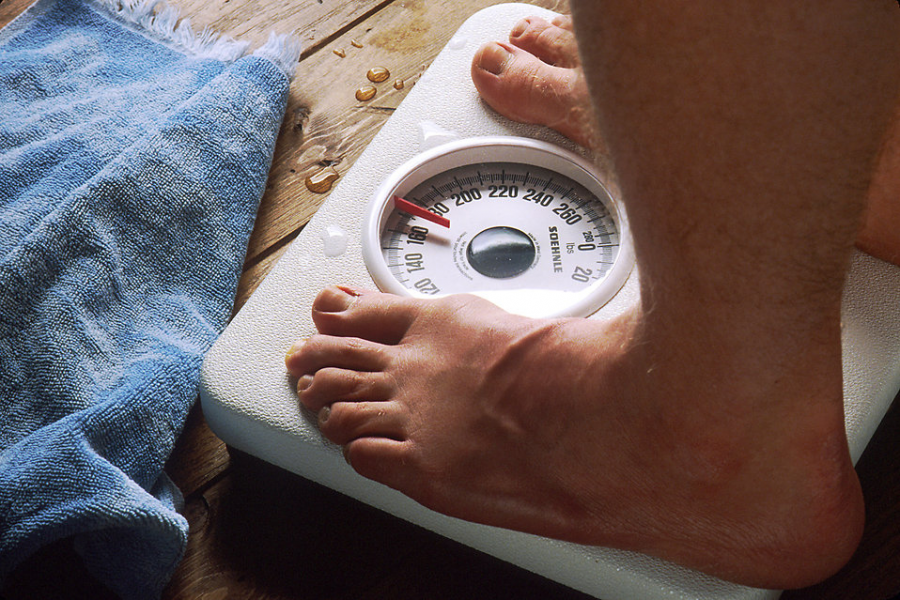Extreme Weight Watching
Oct 15, 2018
In the world of athletics, many players are constantly being reminded that their weight impacts the way they play. With looming thoughts of improvement and the competitive nature of these sports, many athletes are pressured into falling into unusual diets or forms of weight loss. These trends are typically encouraged by both the coaches and the teammates alike and viewed as a method of self-improvement. The most popular forms of weight loss are fasting, liquid diets and dehydration. However, despite the promise of increased performance, if done incorrectly, the diets can cause far more harm than good.
This is almost always true with lengthy fasting durations, meaning that athletes abstain from eating for prolonged periods of time. Research at Vanderbilt University shows that 75 percent of wrestlers use extreme fasting in order to weigh in at their goal weight. The danger in this diet comes from extreme cutting of calories; once an athlete drastically cuts such high amounts, they put their health at risk. They become susceptible to things such as liver or kidney issues, alongside immune system problems. Aside from the high risk, another issue with fasting comes with the fact that the weight, once off, typically does not stay off, like other unhealthy dieting methods. With fasting, it is very common for those engaging in it to lose the wrong type of weight- water weight- leading to dehydration or dangerously low blood pressure. With a low supply of nutrients, the body becomes weaker and bones more fragile. From a sports perspective, if fasting is performed to close to a performance, say a wrestling match, the players are more likely to get injured.
While fasting is slated to fail, liquid diets are more likely to succeed and are generally a better alternative. These consist of diets revolved around gaining the majority of calories from liquid or soft foods. Benefits of this diet include hydration and clearing out one’s intestines. However, the liquid diet should only be performed for a short period of time as it does not provide a stable source of nourishment. Overall, those engaging in this diet for elongated time can suffer long lists of issues, such as undernourishment, fatigue, muscle pain, bone damage, infertility and heart problems. While these symptoms are relatively uncommon, this type of diet can be dangerous if performed incorrectly. It is expected that the weight will come back, that is, unless those engaging in it change their eating habits.
“I notice that when i start these diets, I gain weight quicker when I eat again. It’s pretty unhealthy but we do what we have to do to cut the weight quick, and it works too.” Senior Victor Hernandez said.
Another popular, more extreme diet is dehydration. As the name implies, this is when an athlete refrains from drinking liquids in order to lose water weight. It is also one of the more impractical methods as the weight comes back once players hydrate again. This diet is typically performed for quick weight loss, should a player be weighed soon. However, many fail to account that hydration directly correlates to metabolism. Undergoing this diet will slow down the bodies burning of calories, and until water is ingested, it will continue at its slow pace. Generally, all these diets are effective if the athlete performs them properly and they are done in short time spans. Although athletes know about the possible harm of an extreme diet, some athletes still tend to take it to an extreme, leading to the athletes getting injured during matches. While these diets are convenient, athletes should be aware of the consequences when going to such extremes, and coaches should do their part to inform the players about all the risks associated with extreme weight loss.











